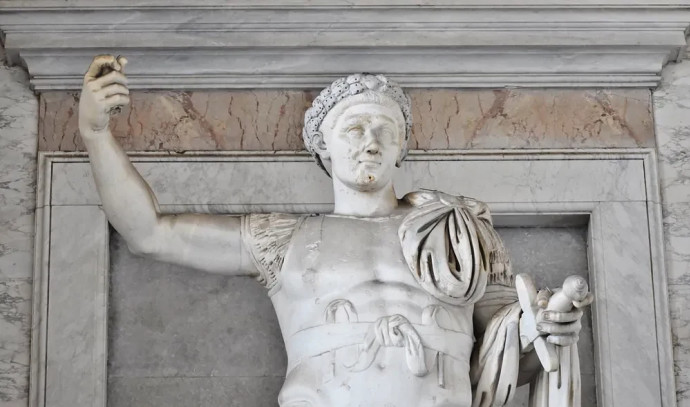Researchers have discovered an ancient Roman temple that deepens our understanding of social change from paganism to Christianity in Roman Empirea Saint Louis University press release said Friday.
“We found three walls of a monumental structure that evidence suggests belonged to a Roman temple dating to the period of Constantine,” said Douglas Boin, Ph.D., professor of history at Saint Louis University . said. Boin made the discovery announcement at the annual meeting of the Archaeological Institute of America.
“(The temple) dates from the fourth century AD and would be a remarkable addition to the landscape of this corner of Italy,” Boin added. “It will greatly aid the understanding of the ancient city, ancient cityscape and urban society of the late Roman Empire, as it shows the continuities between the classical pagan world and the early Christian Roman world which are often blurred or erased from the world. radical historical narratives.
Working in the town of Spello in central Italy, Boin and his team discovered the temple during the summer of 2023. The site was selected based on a 4th-century letter sent by Emperor Constantine in the city on the occasion of a religious festival.
The letter, a rescript discovered in the 18th century, informed the people of Spellow that they were allowed to celebrate religious observance locally, rather than having to travel elsewhere, provided they built a temple to “divine ancestors, » notes the press release. Emperor Constantine is well known for his conversion to Christianity.
The respect a state accords its rulers as gods or demigods, as was the case in the ancient Roman Empire, is often referred to as “imperial worship.” In this context, the term “sect” does not have a negative connotation but rather refers to a formalized system of religious practices and beliefs.
“Things didn’t change overnight”
“There was remarkable religious continuity between the Roman world and the early Christian world,” Dr. Boin said. “Things didn’t change overnight. Before our discovery, we never had the impression that there were actual physical and religious sites associated with this latter “imperial worship practice.” But because of the inscription and its reference to a temple, Spello offered very tantalizing potential for a major discovery of an imperial cult under a Christian ruler.
Boin added that there is evidence from other places in the ancient Roman world that suggests Christian leaders supported practices associated with Roman imperial worship.
“We know that pagans worshiped their temples in the fourth century, but these findings are all limited and inconsequential,” Boin added. “And we knew that Christians supported the imperial cult, and we knew that without any idea of where it would have happened. This temple connects these two landmarks, and in this respect it is unlike any temple I know of from the Mediterranean world of the 4th century Roman Empire. Any study of imperial worship in the 4th century Roman Empire will now have to take into account this temple, which is an incredible discovery to make.
Boin pointed out that the finding shows in italics that major cultural changes don’t happen overnight. Simply, the forces that pushed Rome to become Christian, such as Constantine’s conversion, did not immediately transform the empire into an entity practicing modern Christianity. Instead, pagan traditions lingered for a time in this ascendant Christian culture.


